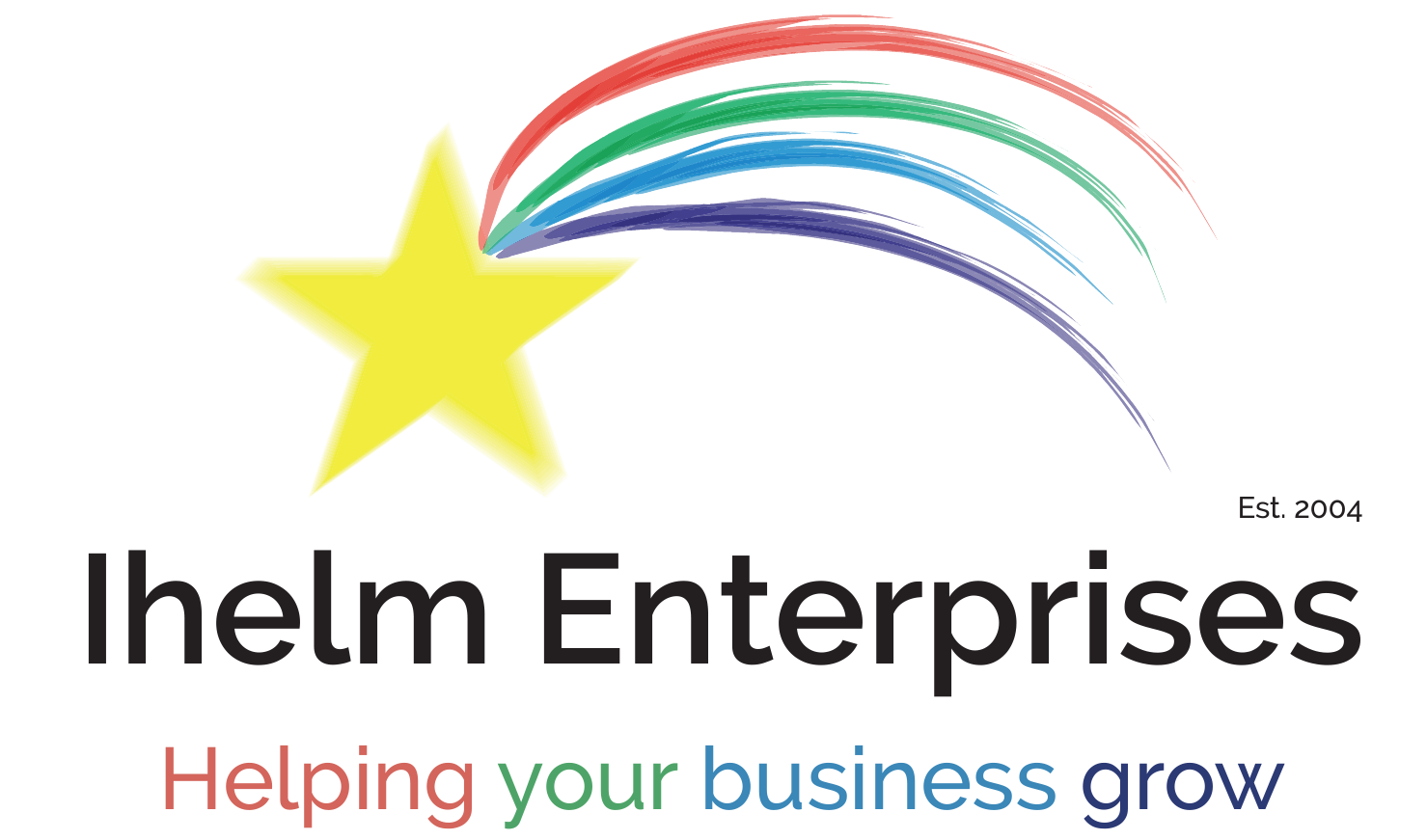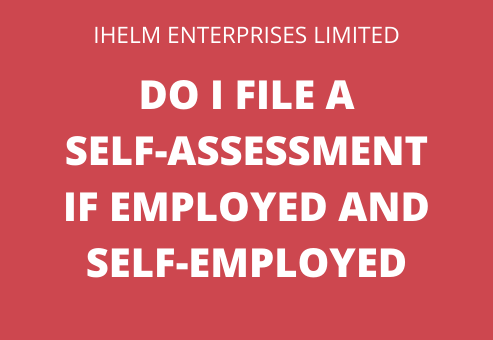During the November 2021 Facebook Live, I spoke about whether you are required to file a self-assessment tax return if you are employed and set up a small self-employed business.
Normally, if someone is employed and is paid through a PAYE scheme, they don’t have to file a self-assessment tax return, as the information will be submitted to HMRC by their employer every time they are paid, and the tax taken at the time. However, if your income isn’t straight forward you may be required to submit a yearly self-assessment tax return.
Who needs to submit a self-assessment tax return?
At the end of every financial year, every self-employed person in the UK who has earned more than £1,000 in income (this is sales only), needs to file a self-assessment tax return with HMRC. There are others who also need to file SATRs and they include all directors of limited companies, partners in a business partnership, if you have foreign income, money from renting out a property and a few other reasons.
If you are self-employed and you have less than £1,000 in trading income (the amount you have received in sales before any deductions are made), you do not need to file a self-assessment tax return. There is a page on the HMRC site that has a helpful tool to check if you need to file a return.
However, it is important to note that if you received any of the Self-Employed Income Support Scheme Grants, during the pandemic, no matter what the level of your trading income is (total sales before any deductions), you must file a self-assessment tax return.
What happens if I am employed and set up a self-employed business?
If you are over the threshold of £1,000 in your self-employed business, you will have to file an SATR. You fill out the employed section – most of the figures should be pulled through due to the employer filing payroll through RTI every time you are paid, but it is important that you compare the information to your P60 and verify the information is correct. You may also have additional information to fill in like the “working from home” allowance that has been provided due to the pandemic or maybe benefits in kind.
Under the self-employed section of the return, you would fill out all the information for your business from your accounts.
You may also have other sections of the return that need to be filled out. For example, any interest received on savings, pension income or contributions, income from shares etc.
Once you have entered all the information into the return, all the income amounts will be added up together, and your personal allowance will be applied. The personal allowance from 06/04/2021 to 05/04/2022 is £12,570. If you have already used up your personal allowance, you will be taxed on all income over the personal allowance. The amount you will have to pay will depend on which tax bracket your total income is in.
Here is an example of how your tax would be worked out if you were both employed and self-employed. The names and figures are fictional and for illustration purposes only.
Sarah is employed by a company and in the 2021/2021 tax year she earned £35,000 as her salary. Sarah is also self-employed and earned a profit of £20,000 for the 2021/2022 tax year.
Her total income for the year was £55,000.
After her personal allowance of £12,570 was deducted, her total taxable income was £42,430.
Sarah would have to pay 20% tax on all income up to £37,700 – a total of £7,540. She would then pay 40% tax on the remaining income of £4,730 – a total of £1.892.
Sarah’s total income tax owed for the 2021/2022 tax year would be £9,432.
During Sarah’s employment, tax would already have been deducted from her salary and this will show on her P60. She will need to ensure that this information is entered into her tax return, and she would then need to pay the remaining amount owed for income tax.
You will also need to ensure that you are keeping accurate records for your self-employed business. You need to keep all sales and purchase receipts for 5 years from January 31st after the tax year ends. For example, for the 2021/2022 tax year, your tax return doesn’t need to be filed until 31/01/2023. In that instance, you would then be required to keep your financial records for 5 years from 31/01/2023. This doesn’t necessarily mean that you need to keep the paper receipts, as HMRC are now accepting digital records for certain items – so if you have any of your sales/purchase receipts in pdf or jpg format, you can simply keep those for your records. It is a great idea to attach these receipts to the transactions on your accounting software if it will allow you to do so, as this will help you in terms of being compliant for Making Tax Digital.
It is important to note that all self-employed businesses, and those with rental income, with a trading income of £10,000 or more will be required to file information quarterly with HMRC from April 2024 in line with Making Tax Digital (MTD). You will need to do this using MTD compliant accounts software.
When do I submit the return to HMRC?
Your self-assessment tax return must be submitted online by January 31st following the end of the tax year. For the tax year 2021/2022, your tax return must be filed with HMRC by midnight on January 31st, 2023. You will also need to make sure you make any payments to HMRC for any money owed to them for tax and NI.
If you are allowed to submit paper returns (only very specific businesses are allowed to do this), you would need to submit the return by midnight October 31st, 2022.
If you are looking more for someone to provide you with tax advice and help with forecasting and submitting your year-end tax returns, you may want to look for an accountant.
Here is the page on the HMRC website about the deadlines for submitting your tax return and making payments.
If you have any questions about whether you need to submit a self-assessment tax return, or how to keep accurate records for your business, feel free to e-mail me and I will get back to you!

